#2 | The Most Underrated European Destination Lies In The Heart Of The Northern Atlantic...

Written at Itnig Space, Barcelona
“Do you realise where we are?” How remote this place is? To get here from our hometown we had to take a bus, hop on a train& then shuttle to an airport. Then switch planes in Lisbon. Then board a small plane to Sao Miguel Island & fly to Pico Island. Board an even tinnier plane & fly to Flores - and now we are on a freaking zodiac boat making our way to an island where 1200 cows and 400 people live on a hundred thousand-old crater. Bonkers.
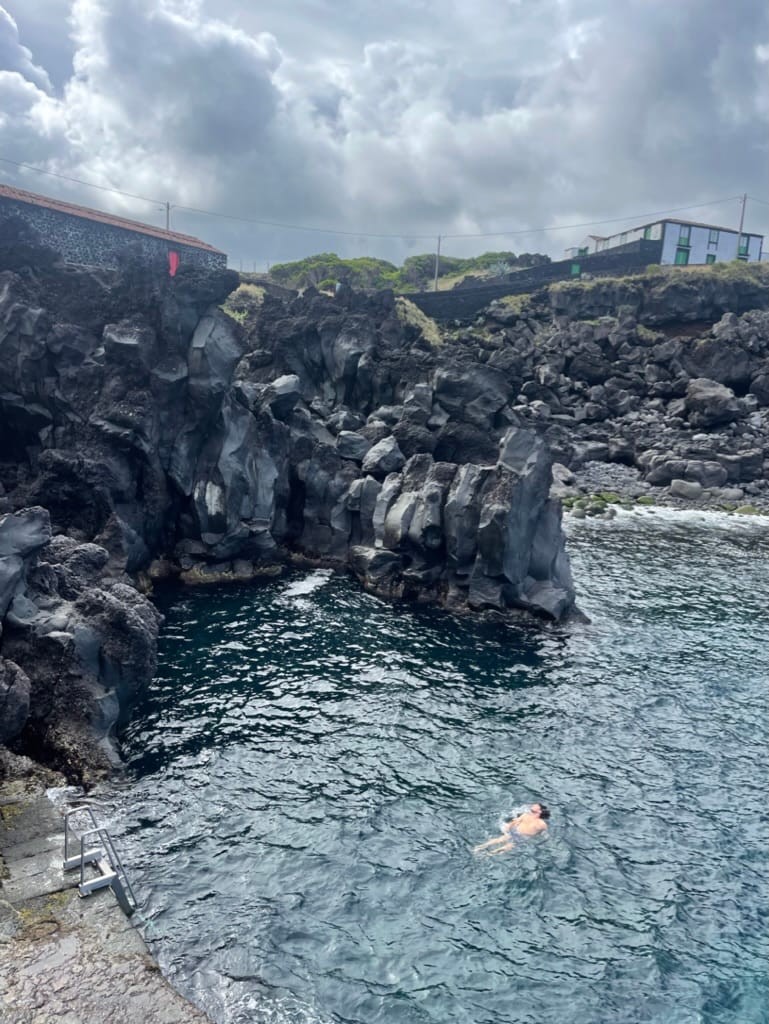
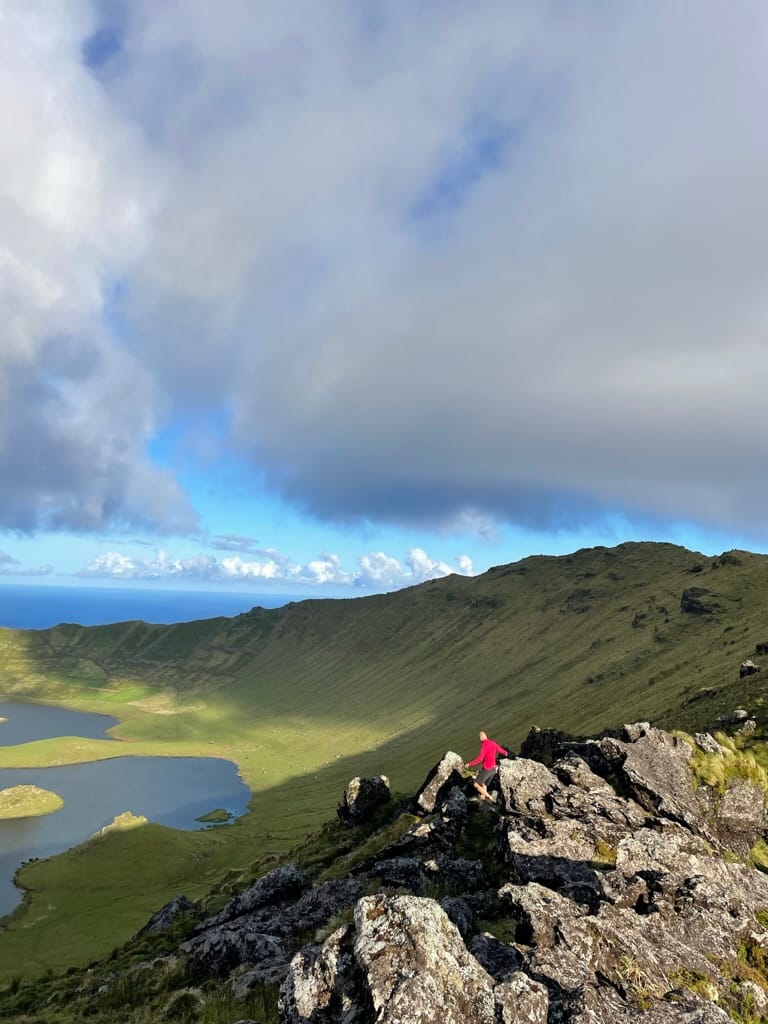
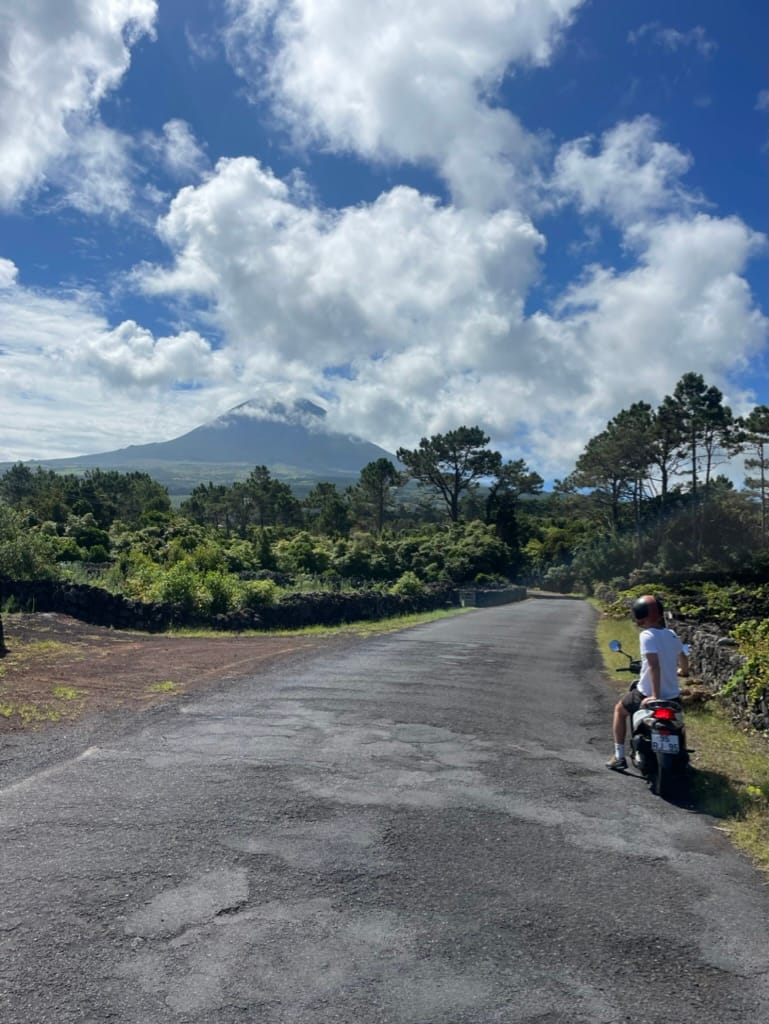
These were the words I said to my friend Lukas while driving on a speed boat from Flores to Corvo in the northern Atlantic. Our boat was jumping on a few meters tall waves, salty water splashing right into our eyes. I was wearing sunglasses to protect my eyes, but Lukas was getting mopped every second. Seagulls are flying around us, welcoming us to this fascinating land in the middle of nowhere. When looking at Corvo from Flores the day before, I felt like I was in Narnia staring at the island no one had discovered before. This ranks as my top travel experience.
Those who travel to Europe for summer normally target visits to the Mediterranean. I do not blame them. It’s a beautiful part of the world. Yet, if I were to name my favourite European destination, it would be the part not many people talk about. Macaronesia. Can I be an Atlantic boy at heart if I was born & bred in Eastern Europe? I think so.
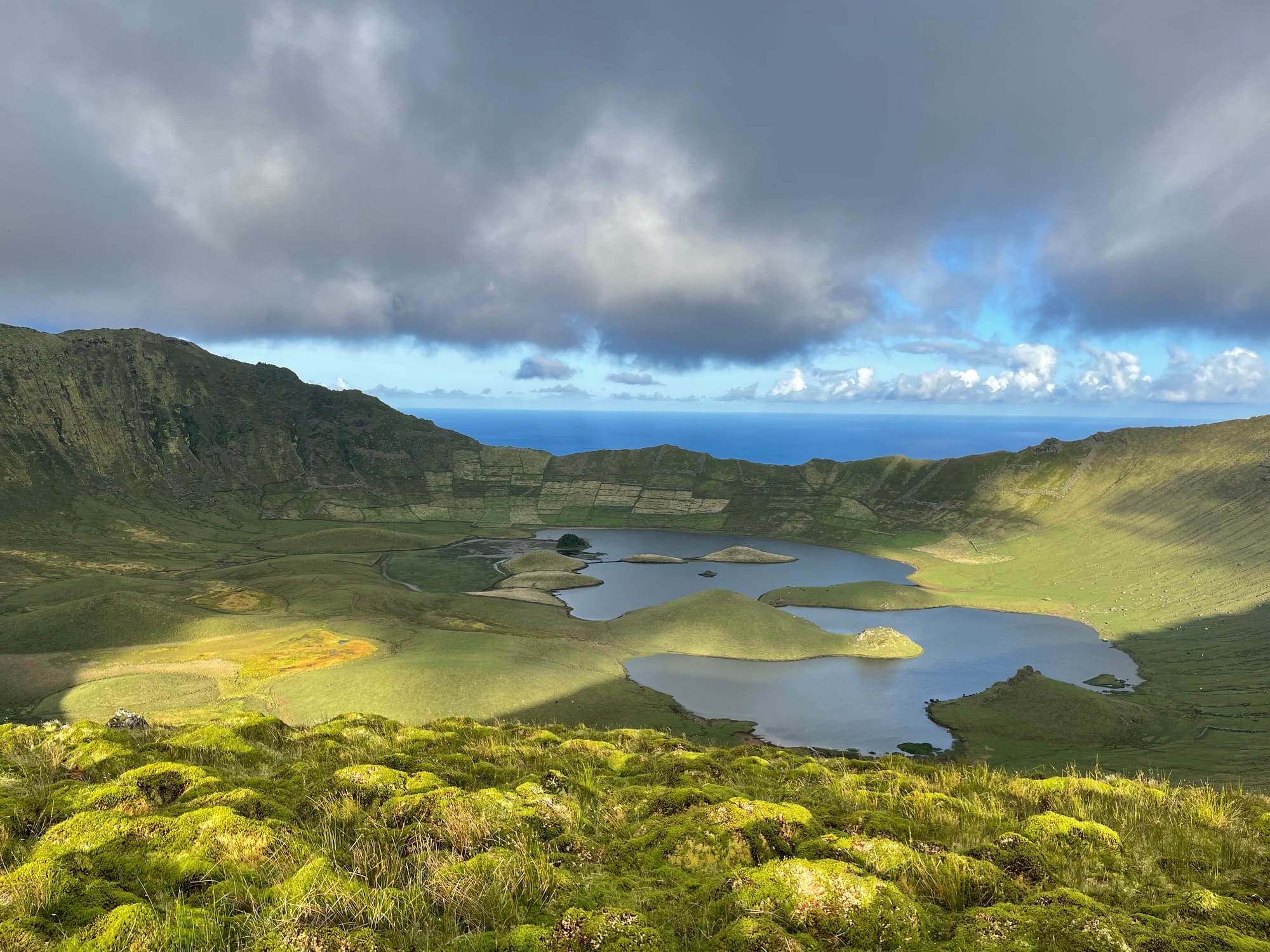
My first trip to the Atlantic coast dates back to 2017 - exploring the coast of Algarve in south Portugal. 4 years later I walked the northern route of Camino del Santiago - all around the coast of northern Spain. From Basque Country to Galicia. Yet, it was the year 2022 and my first visit to the islands of Azores that made me realise how beautiful, refreshing, dangerous, majestic, cold & mysterious the Atlantic Ocean can be. I have visited multiple Azores islands over the next two years. I truly think it is the most underrated destination in Europe.
How Did I End Up Going To The Azores?
Azores are still an up-and-coming. Despite Lonely Planet awarding them with "the most beautiful place on Earth" back in 2016, airlines, and not many foreign tourists list them as their go-to destination. Why is this place often overlooked - unknown to many travellers and nomads?
The decision to come and visit São Miguel, the biggest and most developed island, came pretty spontaneously. I’ve been all over the place and visited more than 13 countries in a few months. Hiking volcanoes right and left. I also found myself dealing with 2 gigs at the same time and I knew I needed a peaceful place, where I could focus on work. I’ve asked a friend of mine if he wanted to tag along. He bought in and so we decided to run away from the European summer to this little volcanic island.
Even the flight itself was an adventure. I had to fly over from Napoli and change to Nurnberg. Meaning I had almost a 6-hour flight with Ryanair, a feat that can hardly be topped within the European airlines. Fair to say I will not be taking that flight ever again. Before coming to São Miguel, I asked a few friends within my nomadic communities if they knew of ANY places and spaces from which one could work remotely. I didn’t expect the island to have any coworking spaces. I was pointed towards Dwell Azores.
Coming to the Azores for the summer, and choosing Dwell as the place biases me towards the island from the first moment. The place is right on the shore, in a calm village where life seemingly stopped. The house is usually full of like-minded people, creating a nice homey atmosphere spearheaded by the owners Charlie & Ania.
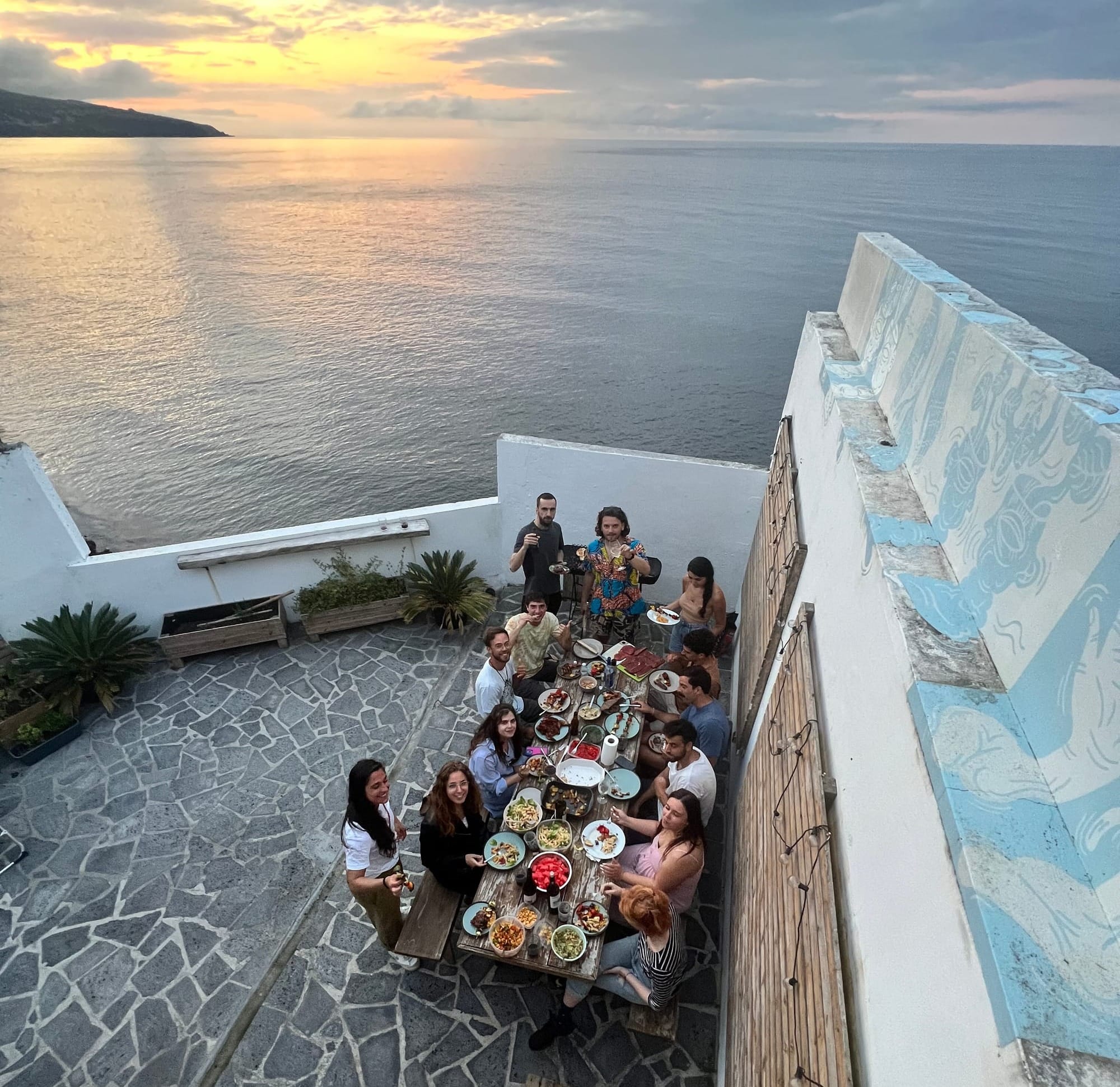
One thing about the Azores is the mystical fog and drizzle. At one point in the day - it's almost guaranteed that clouds will appear. It may not be for long, but it may bring some rain. If there is one thing people are concerned about the Azores - it's the rain and its unpredictability.
For me, one of my favourite memories of an island is connected with rain. I was out on a surf class with a few friends. We are awaiting some nice waves on the line-up, a maximum of 5/6 of us. Suddenly it starts drizzling. I look towards the huge rock of Santa Barbara beach and see the sun. In a split second, a massive rainbow appears, lining up above the beautiful rock and sliding into the ocean. I lay on my board, paddling in the salty water while raindrops fell on my wetsuit, staring towards this beautiful nature illusion. I look at my friend Felipe from Brazil as he screams "This is Azoreeeees" and paddles to catch the incoming wave.
My Azorean bias has been mostly impacted by my endeavours. I have now spent 2 longer stints on the island of Sao Miguel, hiked Mount Pico, the highest peak of Portugal & the Atlantic ocean on Pico, drank the infamous gin tonic in the Sailors bar on Faial, swam in a waterfall on Flores & trekked on the edge of the most beautiful crater in the world on Corvo.
What Makes the Azores Special?
Azores, or, as spelled correctly in Portuguese, Açores is a volcanic archipelago located in the northern Atlantic Ocean. It is a partially independent region of Portugal with its local government, and laws but fully belonging to the EU. Islands belong to an area called "Macaronesia" including other volcanic archipelagos in the Atlantic like Madeira, Canary Islands & Cabo Verde.

Macaronesian islands have not been inhabited by any nation before its discovery. Despite that, signs & cave marks hint at the possibilities of ancient civilizations living on these islands. It's wonderfully described by my friends Luis & Maria in their documentary A World out of Time - Azores: Echoes of the Forgotten Past. at
The Azores is a location where tales & stories estimate the ancient civilization of Atlantis went down. According to historians, the islands were uninhabited until 1432 when the first Portuguese colonizers came in. The first sailors would end up here in a complete accident - storms causing their loss of navigation en route to Africa.
The highest peak of the Azores, as well as of Portugal as well as of the entire Atlantic Ocean is Mount Pico. Its height is over 2000 Meters, but the volcano starts at 6000 meters below the surface of the ocean.
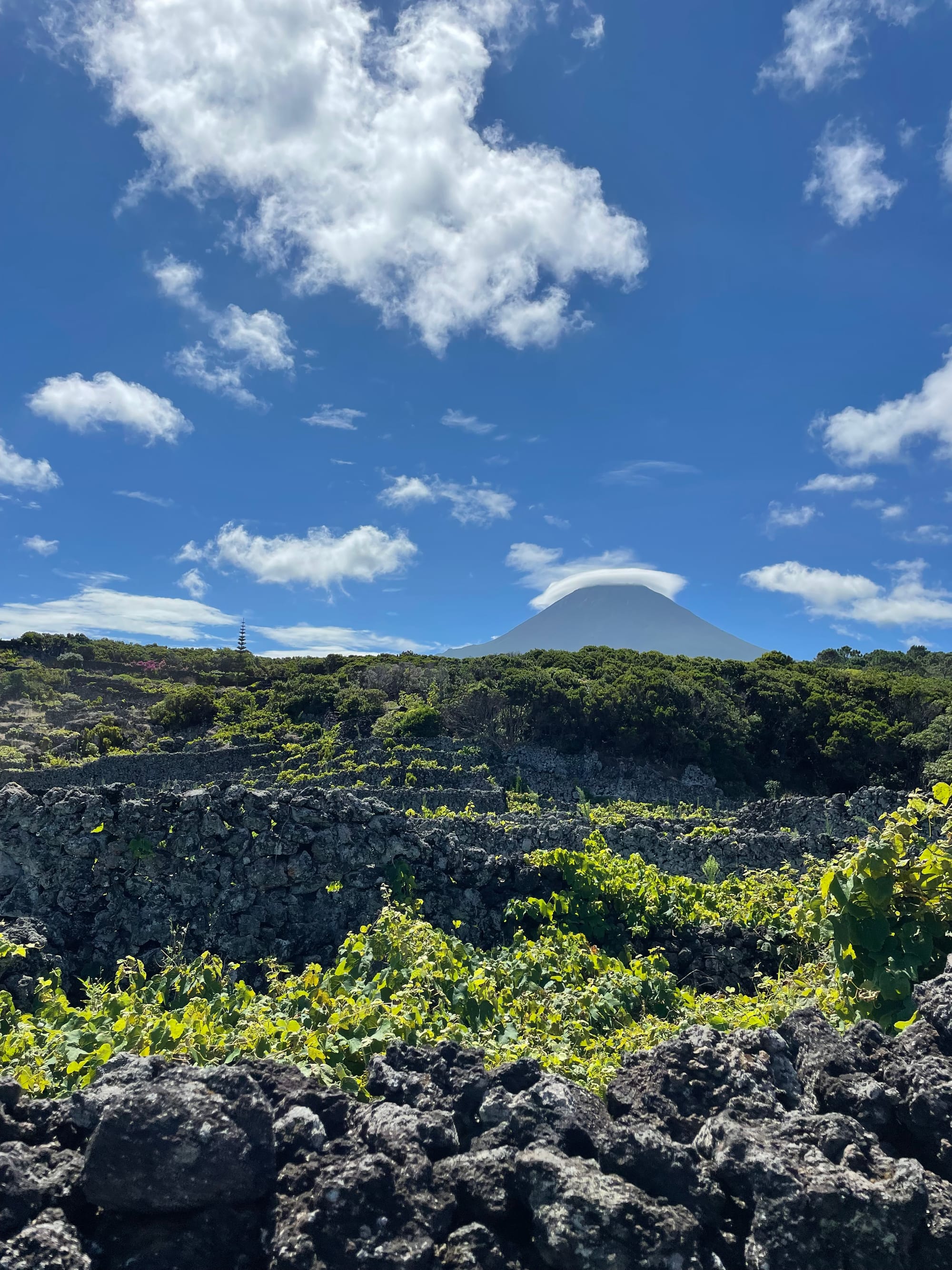
The most recent volcanic eruption on the islands of Faial - was in 1950 and lasted a long months. A certain US senator contributed hugely to the Azorean Refugee Act's passage through the US Congress. The goal was to have more catholic immigrants. This senator's name was John Fitzerald Kennedy.
American & Canadian connection to the Azores is very obvious. After the migration waves to the North American countries, many second-generation immigrants are now temporarily returning to explore where their ancestors are from and fall in love with the place. Currently, the Sao Miguel island is connected with many North American cities like New York, Boston, Montreal and Toronto by direct flights. The location and timezone (GMT - 1) make it more attractive for remote workers from the East Coast.
Why Should You Visit?
If the fun facts in the previous part did not spark at least a little bit of your interest - then I don't know! On a serious note, the Azores are known for many things - but if one should stand out - it would be their dedication to ecological measures & sustainable tourism. Local governments - contrary to other European destinations - built their tourism strategy on sustainability. It has been awarded multiple prizes from world-renowned organizations.
92% of Azores territory is classified as a green area
The taste of local products is a story of its own. Be it the grass-fed beef from the happy cows, cheese, fantastic wine, especially from the volcanic gardens under Mount Pico, or the pineapples! The seafood is top notch too - the speciality is the limpets - sea snails.
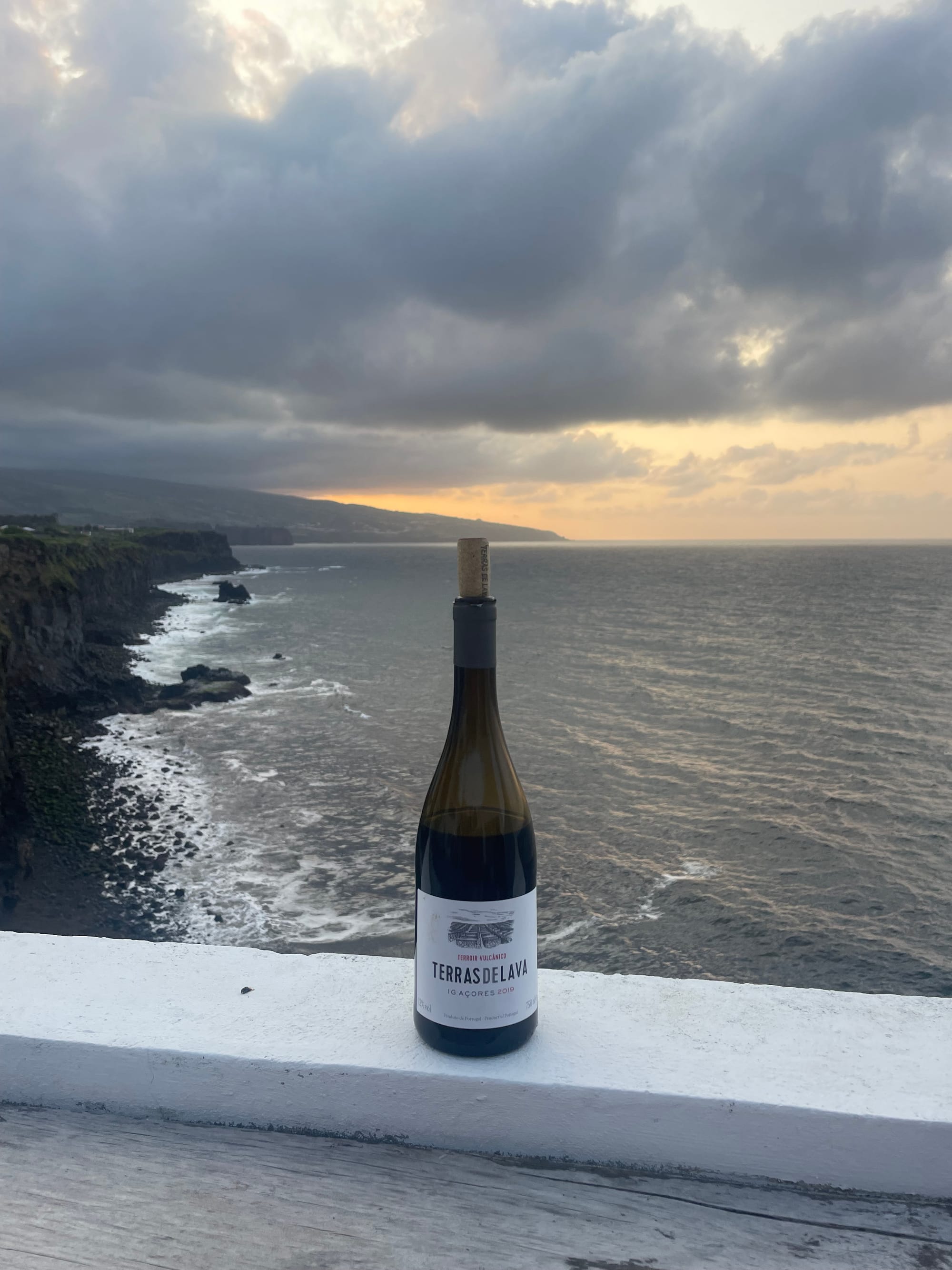
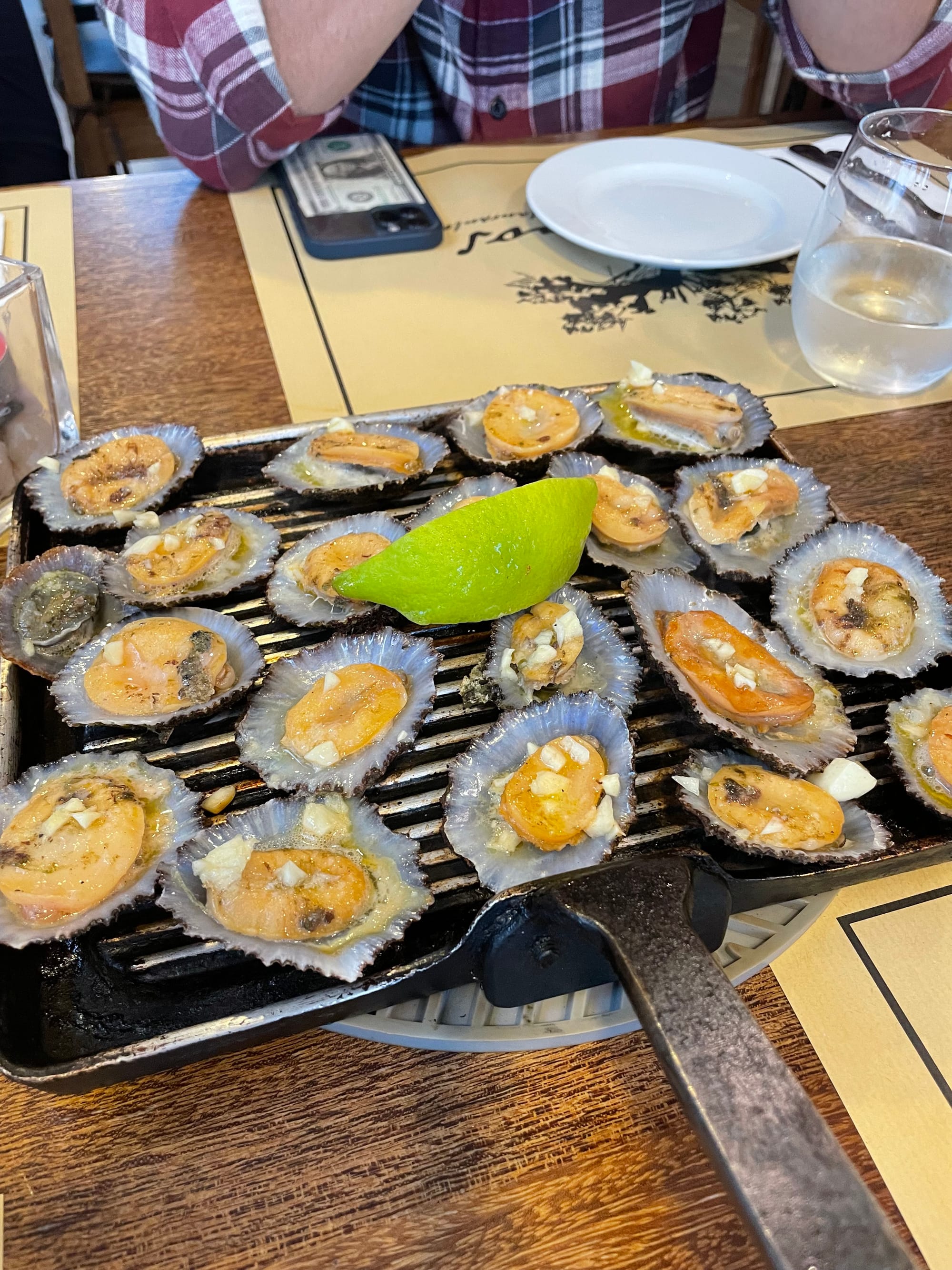

Terras de Lava - my favourite local wine (from Pico Island). Lapas - sea snails & a t-bone steak at restaurant Casa do Abel.
In general, I believe everyone can find their interest in the Azorean archipelago. Are you a young adult? Fine - your days won't be boring. Learn how to scuba dive or spearfish, watch whales or dolphins, and hike daily. Surfing is not as premium as on the continental Portuguese coast - but you can still enjoy fun waves all year long. If you are seeking more tranquillity, say with your partner or a family - you can visit the only tea plantation on the European continent, taste local wines & cheeses, relax in the thermal baths in the jungle or just ocean gaze.
If you are a digital nomad or an entrepreneur, you will hardly find a place where your work & life can be more balanced.
The beauty of the Azores lies in its imperfection. The weather may be more stable in Tenerife, the peaks may be more dramatic in Madeira or the waves are better in continental Portuga but yet the feeling of remoteness, mystique & quiet makes it one of the most interesting destinations.
I will elaborate on the Azores as a destination and my trips around the islands in the coming blog. From hiking Mount Pico through drinking in the oldest sailor bar to skinny dipping under the Milky Way at Corvo island - there are plenty of stories to be told. Despite all this, my favourite story with Azores is yet to be written...
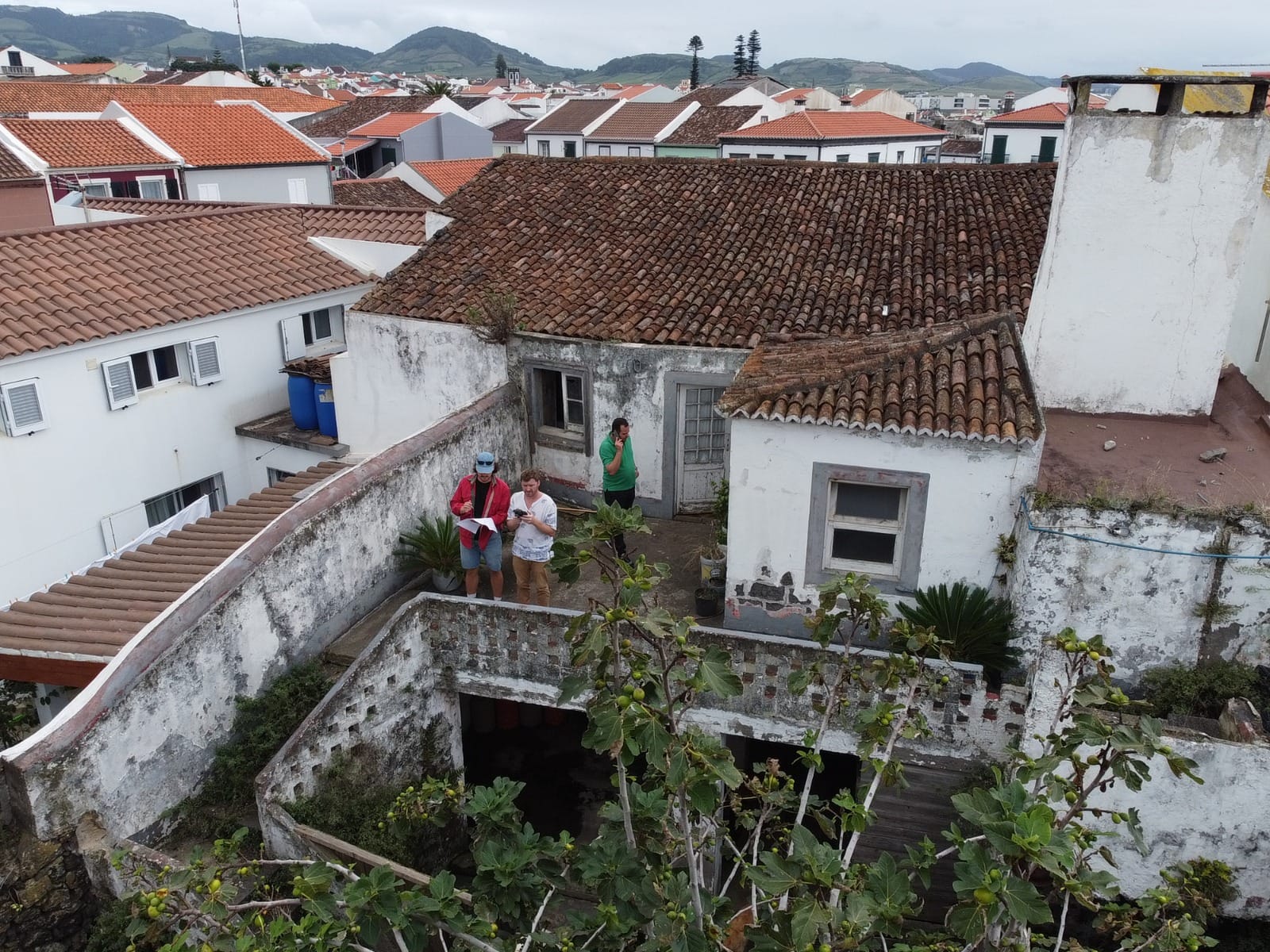



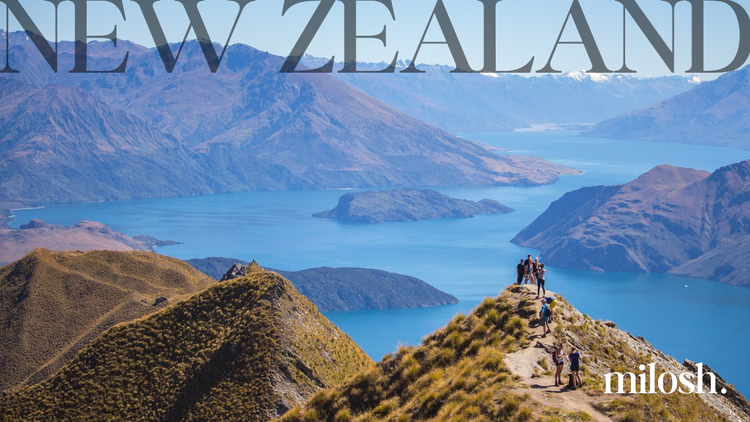
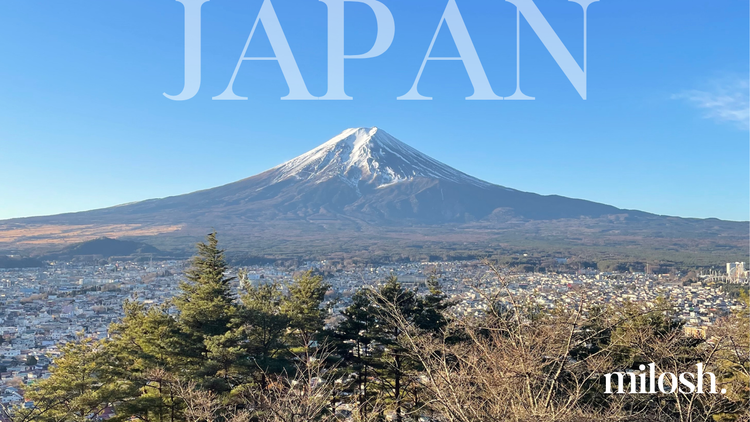


Member discussion